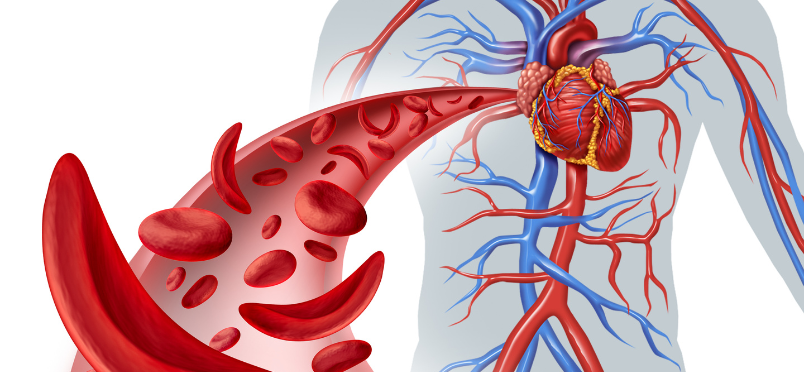| depression
Screen for Depression in Sickle Cell Patients

JUNE 19 is World Sickle Cell Day
According to study results published in JAMA Network Open, certain factors including unemployment, depression, being female, or being of older age are associated with increased pain frequency among sickle cell disease patients.
The study, which revealed that almost half (47.8%) of patients reported frequent pain, also examined educational attainment and income, but found that these factors were not associated with increased pain episode frequency/severity.
“Pain is a hallmark of [sickle cell disease] and we felt it was important to both examine the relationship between depression, education, employment and pain in [the condition] and to consider how we address pain and complications of pain, especially among Black patients seeking care for sickle cell disease-related pain,” Kelly M. Harris, PhD, CCC-SLP, assistant professor of occupational therapy and surgery at Washington University in St. Louis, told Healio.com.
Given their findings, the researchers say that depression screening should be included in the care provided to sickle cell patients. To that end, Harris told Helio.com that next steps include: “Further examining the relationship between depression and sickle cell disease; implementation of screening, assessments and developing interventions to identify and address depression among this population.”
Sickle cell disease affects millions of people worldwide and about 90% of those patients are of African ancestry. The U.S. Centers for Disease Control and Prevention (CDC) estimates that in the U.S. alone, “Sickle cell disease occurs in about one out of every 365 Black or African-American births and in about one out of every 16,300 Hispanic-American births.”
Sickle cell disease affects the shape of red blood cells, which carry oxygen to all parts of the body. Normally, round and flexible to allow for ease of movement through blood vessels, in sickle cell disease red blood cells morph into sticky sickles or crescent-moon-shaped cells. The misshaped cells can slow or block blood flow, according to the Mayo Clinic.
Pain is considered one of the main symptoms associated with sickle cell disease. It results when the sickle-shaped red blood cells block blood flow through blood vessels to the joints, chest, and abdomen. Pain can last for hours or days and can be mild or intense, and while some people have only a few pain crises per year, others have several each year. Many people describe the pain as reaching more toward the intense end of the scale, so much so that they can even be hospitalized during pain crises. Other patients suffer chronic pain as a result of joint damage or ulcers. One writer and sickle cell patient described the feeling as being stabbed, having a “body-wide” migraine, or fracturing bones.
This study’s take-away, that depression screening is warranted for this patient population, are especially important in light of health disparities endured by Black patients.
Other Categories:
Did you enjoy this article?
Subscribe to the PAINWeek Newsletter
and get our latest articles and more direct to your inbox